Unveil the Paper Manufacturing Process Methodology
- 2025-05-21
- 28
- Yinq (Guang Dong) Imp & Exp Co., Ltd.
Welcome to the fascinating world of paper manufacturing! Have you ever wondered howpaper is made? Understanding the paper manufacturing process is crucial for anyone interested in the industry, whether you're a student, a professional, or simply curiousabout the techniques involved in creating this everyday essential.
Throughout history, paper production has evolved, incorporating advancements intechnology and sustainability practices. Today, the paper manufacturing process emphasizes efficiency, reduced environmental impact, and the use of recycled materials. By exploring the intricate steps of papermaking, you'll gain insights into the careful balance of science and art that goes into creating this versatile material.
In this article, we will cover the essential steps involved in paper manufacturing, the techniques employed, and the innovations that have revolutionized the industry. From stock preparation to sheet formation, press sections, and drying, each stage plays a vitalrole in producing high-quality paper
Stock Preparation
Before paper can be manufactured, a crucial step called stock preparation takes placeThis process involves the treatment of raw materials, such as wood fiber and recycledfiber, to produce pulp. The raw materials go through mechanical and chemical processesto break them down into pulp.
Once the pulp is produced, it undergoes further refinement, cleaning, and screening toremove impurities and enhance its quality,. Refining helps to improve the characteristicsof the pulp, making it more suitable for the paper-making process. Cleaning andscreening, on the other hand, remove any unwanted substances, ensuring that the pulp isfree from impurities
Pulping/Slushing
Pulping is a crucial process in the paper manufacturing industry, where raw materials such as wood chips or recycled paper are transformed into pulp slurry. There are two primary methods of pulping: mechanical and chemical.
In mechanical pulping, the raw materials undergo a grinding process to separate thefibers. This method is effective in producing high yield, but it results in shorter andweaker fibers. Mechanical pulping is commonly used in the production of newsprint andother low-grade papers.
On the other hand, chemical pulping involves the use of chemicals to dissolve the fibers,resulting in longer and stronger fibers. This method is preferred for producing high-quality paper products, such as writing and printing papers.
Both pulping methods have their advantages and limitations, and the choice of pulping technique depends on the desired paper qualities and the specific requirements of thepaper mill.
Deflaking
In the paper manufacturing process, deflaking plays a crucial role in improving paperquality and optimizing operating conditions for subsequent machines. This step focuseson breaking down any un-disintegrated pulp sheets into individual fibers, ensuring a more uniform and consistent pulp composition.
By deflaking the pulp sheets, the fiber raw material is utilized more efficiently, resulting inincreased productivity and cost savings for paper manufacturers. Moreover, thebreakdown of pulp sheets enhances the overall paper quality, resulting in a smoother andmore even surface, improved strength characteristics, and better printability.
Deflaking also helps to optimize the refining process by reducing refining energyconsumption and improving fiber treatment. This, in turn, leads to enhanced paperproperties and reduced environmental impact.
Implementing deflaking as part of the paper manufacturing process is essential forachieving desired paper quality and maximizing the utilization of fiber raw material. Thesuccessful deflaking of pulp sheets ensures consistent and efficient production, meetingthe high standards required in the paper industry.
Pulp Screening
Screening plays a vital role in the paper manufacturing process, specifically in the removal of interfering solid substances from the pulp suspension. This step is crucial to ensure the quality and purity of the pulp used in paper production. By using screens withcarefully designed holes or slots, non-paper particles and fiber bundles can be effectively separated from the pulp suspension.
During the pulp screening process, the suspension fows onto the screen surface,allowing smaller particles and fibers to pass through while retaining larger contaminants.The retained particles are subsequently removed from the screen, while the clean pulp suspension continues its journey through the papermaking process.
Pulp screening helps in maintaining the integrity of the fibers and preventing potentialdisruptions in the paper production process. By efficiently removing non-paper particlesand fiber bundles, the screening process ensures the production of high-quality paperwith minimal impurities.
Centrifugal Cleaning
Centrifugal cleaning is an essential process in the paper manufacturing industry thatworks hand in hand with screening to enhance the quality of the final paper product. This method efficiently removes suspension particles that can have a negative impact onpaper quality and cause wear and tear on the machinery. Utilizing centrifugal force, this cleaning process effectively separates particles with different densities and sizes,complementing the particle removal achieved through screening and hydrocyclone cleaning.
By incorporating centrifugal cleaning into the paper production workflow, manufacturerscan ensure that the suspension particles are thoroughly eliminated, resulting in a higherpaper quality and improved overall performance of the papermaking machinery.
Refining
Refining is an essential step in preparing pulp for the paper-making process. lt involves refining the pulp to meet the requirements of the paper-making process and desired properties of the finished paper. During refining, the pulp stock is processed to improve its quality and enhance the fiber characteristics necessary for producing high-qualitypaper.
Refining is particularly crucial for virgin chemical pulp stock, where the fibers need to berefined to achieve the desired degree of bonding and strength. This refining processhelps create a refined pulp with improved fiber flexibility and uniformity.
On the other hand, mechanical fibers, which are derived from mechanical pulping methods, and recycled fibers, obtained from recycled paper sources, require less refining compared to virgin chemical pulp stock. This is because mechanical fibers and recycled fibers already have a certain level of fiber flexibility and refining would have a lesser impact on their properties.
By refining the pulp stock, paper manufacturers can optimize the paper-making process.resulting in improved paper quality with enhanced strength, smoothness, and printability.Refining also plays a crucial role in achieving the desired surface properties, such as brightness and opacity, for different types of paper products.
Forming Sections
The forming section plays a crucial role in the paper manufacturing process. lts primary objective is to create a wet sheet with consistent quality parameters in both the cross machine and machine directions. Achieving uniformity in the wet sheet is essential for producing high-quality paper products.
To achieve this, the forming section employs various mechanisms. Firstly, it evenly distributes a constant volume rate of suspension across the forming section. This ensures that the suspension is uniformly spread, minimizing any variations in paper thickness. Secondly, the suspension is carefully accelerated to promote efficient dewatering.
The dewatering process is vital in converting the suspension into a wet sheet. Byeffectively removing water from the suspension, the forming section helps create auniform structure and enhances the formation of fibers. This, in turn, contributes to theoverall quality of the paper.
The forming section also considers the orientation of the fibers. Both the cross-machineand machine directions are critical in determining the final properties of the paper. By carefully controlling the flow and dewatering processes, the forming section ensures thatthe fibers align correctly, resulting in paper with consistent strength and dimensional stability.
Pulp Dewatering
Pulp dewatering is a crucial process in the paper manufacturing industry that involvesseparating water from the pulp slurry. This process plays a vital role in controlling pulp consistency, recovering fibers, and increasing consistency during wet laps or reject discharge. Efficient pulp dewatering ensures the production of high-quality paper and optimizes operational efficiency.
Water separation is an essential aspect of pulp dewatering, as it allows for the removal ofexcess water from the pulp slurry. This helps in achieving the desired pulp consistencyand moisture content for the paper-making process. The separation of water alsofacilitates the recovery of fbers, which can be reused to minimize waste and maximizeresource utilization.
To achieve effective pulp dewatering, paper mills utilize dewatering machines specifically designed for this purpose. These machines employ various mechanisms such as pressure, gravity, or centrifugal force to separate water from the pulp slurry. The selection of dewatering machines depends on the technological and economic requirements of the paper mill, considering factors such as production capacity, pulp characteristics, andenergy consumption.
By implementing efficient pulp dewatering techniques and utilizing advanced dewatering machines, paper mills can enhance their overall productivity and product quality. Proper control of pulp consistency during the dewatering process ensures the production of uniform and defect-free paper. Additionally, effective water separation and fiber recovery contribute to the sustainability of the paper manufacturing industry by reducing water usage and promoting the use of recycled fibers.
- Previous article:Defoamer for Paper Industry
- Next article:Polyacrylamide in water treatment application




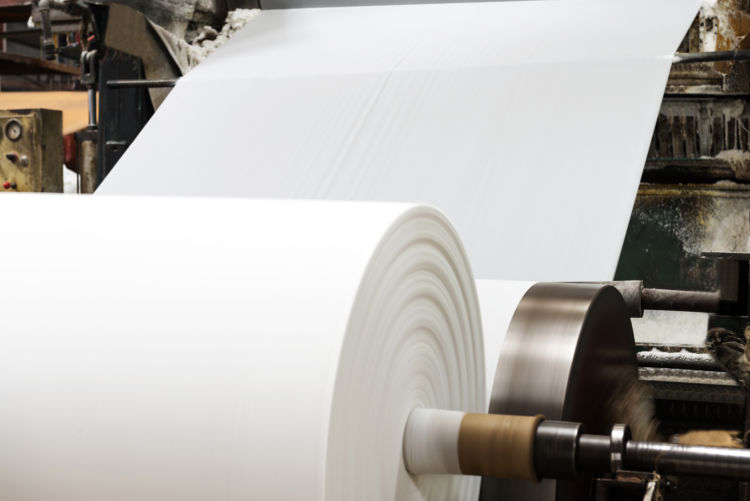
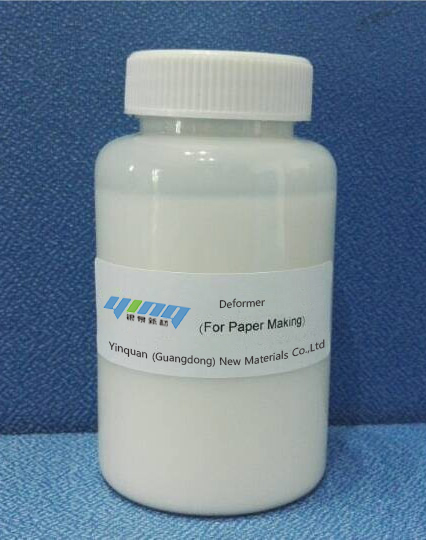

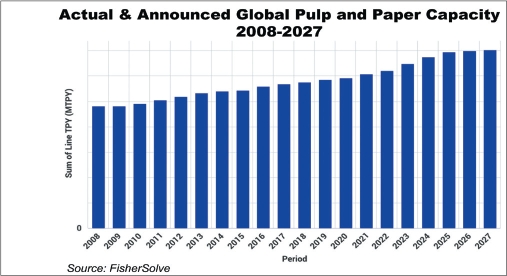
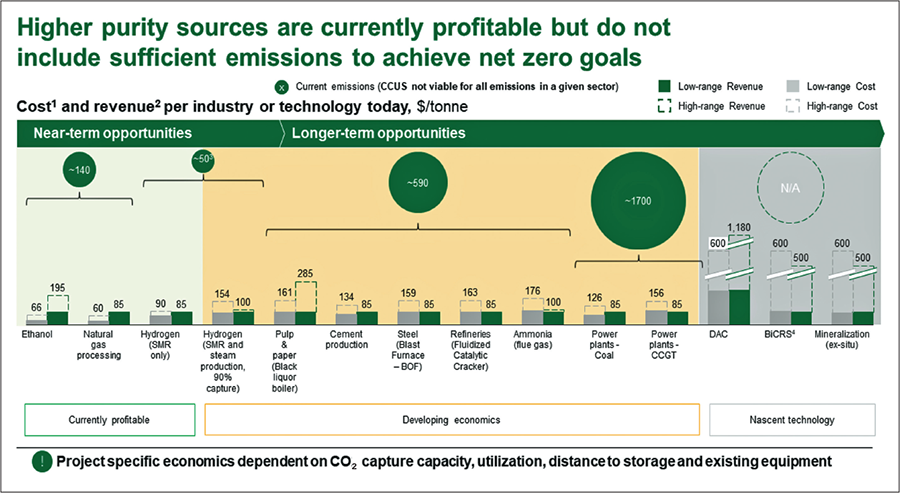

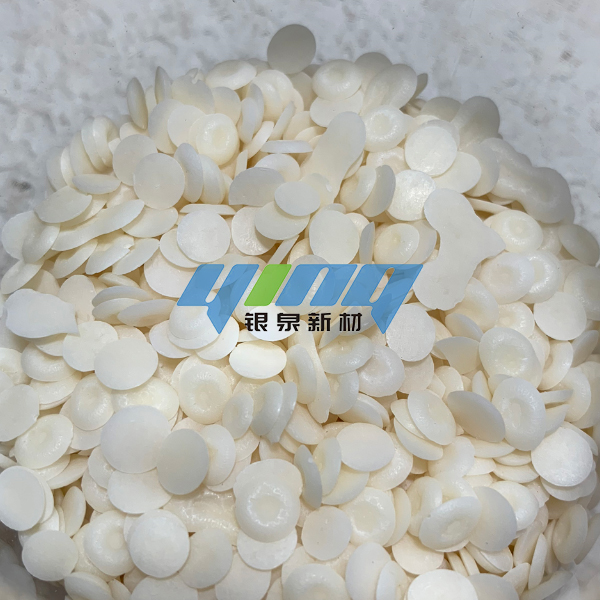
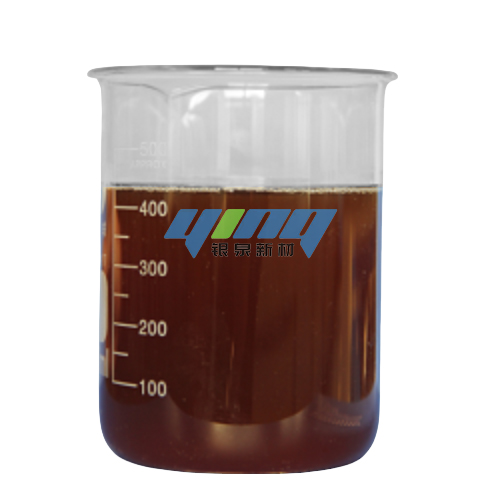

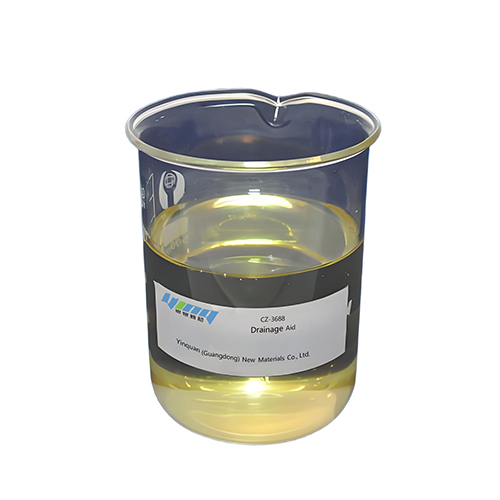

 Home
Home products
products News
News Dial
Dial